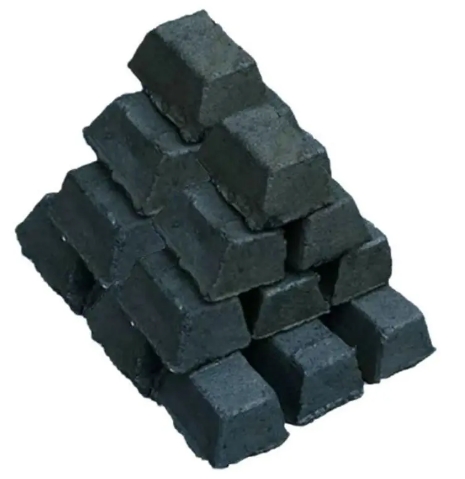
The quality of electrode paste has a significant impact on steel production and overall production costs. To achieve maximum performance, it is vital to understand the electrode properties and choose them correctly. A good electrode will also increase quality and productivity, by decreasing downtime as well as improving maintenance.
In electric arcs furnaces that are used to melt metals or alloys, electrode paste is vital. It generates heat by conducting electricity, and temperatures can exceed several thousand degrees Celsius. For the separation of impurities in the furnace and the creation of molten iron, this heat is essential.
As electrical current passes through the electrode, it melts the metal in the electrode's tip, generating intense heat that separates impurities from the metal and produces molten steel. The electrode paste also helps protect the tip of the electrode from damage and oxidation, extending its lifespan.
Globally, soderberg is a market that has experienced strong growth. Due to the rapid industrialization in many key areas, and increased urbanization there is a growing demand for metals. Therefore, high-quality electrolytes paste that is able to resist extreme temperatures of electric furnaces are needed. Emerging economies have less crowded competitive environments, which allows new players and established ones to increase their market shares.
These technological advances have led to the development of electrodes pastes capable of enduring the tough and demanding conditions that exist in electric-arc furnaces. Innovating blending techniques, as well as quality-control measures are used to guarantee consistency of paste properties. These can be tailored for specific industrial uses. Additionally, eco friendly alternatives to the production process of electrode paste are under investigation.

Descending volatile cracking of the electrode's carbon material can affect the pore size distribution in the electrode, causing a decrease in porosity towards the electrode's perimeter. The liquid paste of an electrode can segregate into two components: a binder (pitch) and a solid aggregate. This latter component is more likely to be concentrated at the perimeter. Asymmetrical distribution of pores can also result in different electrical resistance values, since the greatest variation is found diagonally.
COVID-19 has caused restrictions in steel production around the globe. This led to a decline in SAF performance. However, a number of SAFs have reverted to full operation and are now able to produce the high-quality steel required for modern industrial infrastructure. The importance of choosing the correct graphite electrodes has increased, and the selection of manufacturers with proven reliability and consistency is now a priority. The use of a quality electrode not only improves productivity but also lowers energy consumption and provides better electrical conductivity.

Write a Message